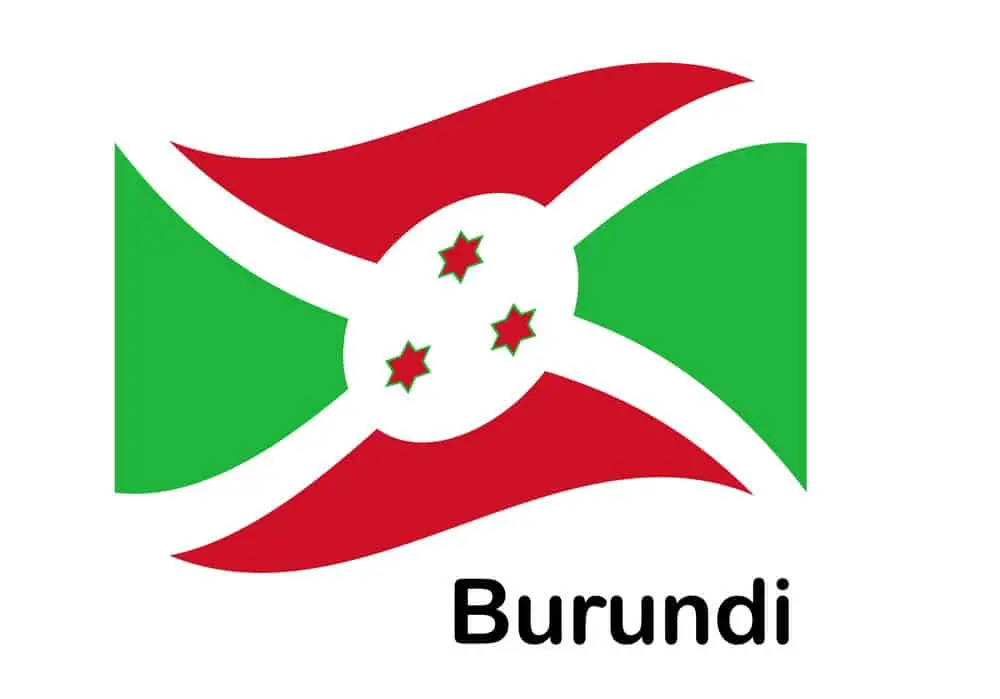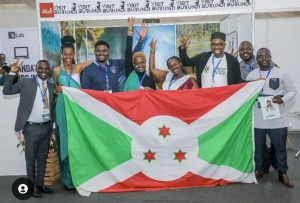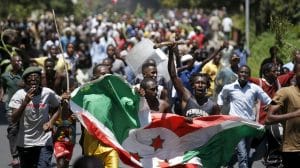Headlines
Burundi Population, Official Language And More.

In summary, Burundi has a rich history that dates back to the 16th century. It was founded by Cambarantama and was characterized by a hierarchical political authority and tributary economic exchange. After European contact, it became part of Ruanda-Urundi before gaining independence in 1962. However, it has faced significant challenges since then such as political instability, ethnic conflict, civil war, poverty, corruption, and human rights abuses.

Burundi

Burundi
The Population
According to the latest United Nations data, the population of Burundi is estimated to be 13,238,559 people as of July 2023. The country has a population density of 516 people per km² and is considered part of Francophonie. Kirundi is the national language of Burundi, and French and English are the official languages.
The Landmarks
Burundi has several landmarks that are worth visiting. Some of these include:
Gishora Drum Sanctuary: A cultural center that showcases traditional Burundian drumming performances.
Livingstone-Stanley Monument: A monument that commemorates the meeting between David Livingstone and Henry Morton Stanley in 1871.
Regina Mundi Cathedral: A beautiful cathedral located in Bujumbura.
The Official Language
Burundi has three official languages: Kirundi, French, and English. Kirundi is the national language and is spoken by the vast majority of the population. French has an important role in government, business, and the educated classes, while English was adopted as part of moves towards regional integration with the East African Community after 2007 but has little effective presence in the country.
The Culture
Burundi has a rich cultural heritage that includes traditional drumming, dance, and storytelling. The country is known for its drumming performances, which are often accompanied by dancing and singing. Burundian cuisine is also unique and includes dishes such as beans, cassava, sweet potatoes, plantains, and meat stews.
The Economic Stability
Burundi is one of the poorest countries in the world with a GDP per capita of $261 in 2020. The country’s economy is largely based on agriculture, which accounts for over 90% of its exports. However, Burundi has faced significant challenges such as political instability, ethnic conflict, civil war, poverty, corruption, and human rights abuses.
The GDP
Burundi is one of the poorest countries in the world with a GDP per capita of $261 in 2020 . The country’s economy is largely based on agriculture, which accounts for over 90% of its exports .
The Currency
The official currency of Burundi is the Burundian franc (BIF) . As of September 2023, 1 US dollar is equivalent to approximately 2,000 Burundian francs .
The Food
Burundian cuisine is unique and includes dishes such as beans, cassava, sweet potatoes, plantains, and meat stews . One popular dish is matoke, which is made from mashed plantains and served with a sauce made from peanuts or beans .
Major Cities
The capital city of Burundi is Bujumbura, which is located on the northeastern shore of Lake Tanganyika . Other major cities in Burundi include Gitega, Ngozi, and Rutana .
Major Airports, Seaports, and Schools
Burundi has several airports that serve both domestic and international flights. The major airports in Burundi include:
Bujumbura International Airport: Located in Bujumbura and serves as the main airport for the country.
Gitega Airport: Located in Gitega and serves domestic flights.
Burundi is a landlocked country and does not have any seaports.
Burundi has several universities and colleges. Some of these include:
University of Burundi: The oldest and largest university in Burundi located in Bujumbura .
Hope Africa University: A private Christian university located in Bujumbura .
Université du Lac Tanganyika: A private university located in Bujumbura.





